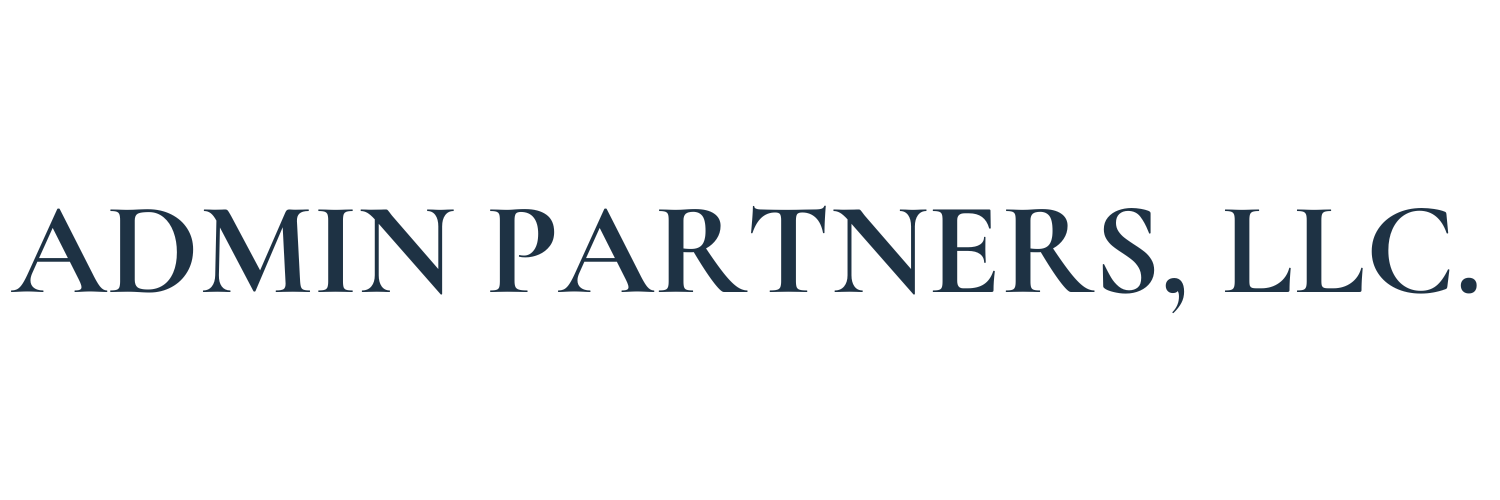
If you have been following ADMIN Partners for a while, you know just how deeply we believe in providing people with education on retirement planning. As an independent TPA who specializes in plan compliance and administration, we understand that everyone from Plan Sponsors and Participants to Financial Advisors find value in retirement education. With this in mind, ADMIN’s team is starting the new blog series, ADMIN Education, dedicated to helping our community better understand the ins and outs of retirement plans. Regardless of your role or what type of plan you are familiar with, this series will expand your knowledge of retirement benefits and help you get the most from your plan.
To kick things off, we decided that we would take a look at required minimum distributions – also known as RMDs. While RMDs do not apply to all plan participants on an annual basis, they are a staple in retirement plans and depending on how long you invest funds within various retirement accounts, you might be subject to one.
WHAT IS A REQUIRED MINIMUM DISTRIBUTION?
An RMD is an amount that, based on your age, the IRS requires individuals to withdraw from your IRA or retirement plan account. For years, the law dictated that those who were age 70 ½ were required to withdrawal a minimum distribution from his or her account. However, the recently passed SECURE Act revised the age limit to 72 for those individuals who have not yet started to receive an RMD at the time the SECURE Act became law. Those who have already started to receive RMD withdrawals will continue to do so. You can read more about the SECURE Act impact on RMD rules here.
WHY DO RMDS EXIST?
The IRS established RMDs in order to provide a safeguard for those who kept funds invested in order to avoid taxes on those funds. The IRS determined that those meeting the required age would be obligated to take a portion of their invested monies on an annual basis. The yearly amount required for the distribution is calculated by dividing the retirement account’s prior year-end fair market value by the applicable distribution period or life expectancy (you can view a copy of the RMD worksheets used to calculate the amounts here).
It’s important to note that the account owner (or participant) is ultimately responsible for calculating the annual RMD amount; however, most investment companies and/or recordkeepers are able to manage the RMD amounts each year and assist participants with the distribution process.
WHAT TYPES OF RETIREMENT PLANS REQUIRE RMDS?
RMDs will apply to all employer sponsored retirement plans including the following:
401(k) Plans
403(b) Plans
457(b) Plans
Profit-Sharing Plans
The rules also apply to individual retirement accounts including the following:
Traditional IRAs
Simplified Employee Pensions (SEP)
SARSEP
SIMPLE IRAs
IMPORTANT THINGS TO KNOW
The required minimum distribution does extend to beneficiaries of the account(s). Therefore, your beneficiary will be required to make arrangements with the investment company to receive the RMD annually until they formally distribute the account through a death benefit distribution.
Those who fail to withdraw the full RMD amount by the deadline are subject to penalties and the amount can be taxed at 50% when distributed from the account.
Distributions taken from your account(s) throughout the year (i.e. and in-service or hardship withdrawal) are counted towards your RMD amount for that year.
RMDs must be paid to the participant directly and cannot be rolled into another tax-deferred account.
Want to learn more about RMDs and how they can impact your retirement plan? Contact our team of experts at 877-484-4400 or via email at Contact@youradminpartners.com


